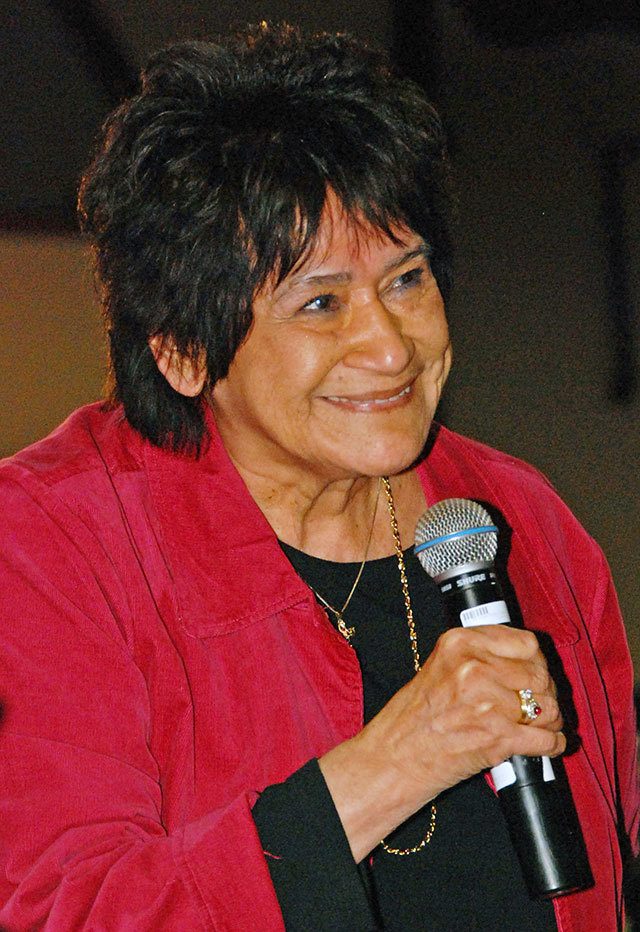The 2017 state and tribal salmon season-setting process got an earlier start this year.
Nobody wants a repeat of last year’s North of Falcon process that required a month of overtime negotiations and led to a delay in opening some sport fisheries. It was the first time in more than 30 years that the co-managers were unable to complete the process in the usual late February through April time frame.
Some said the delay showed that the process is broken. It’s not.
The fact that we reached an agreement is proof of that. What is true is that salmon management is becoming more difficult every year as the resource continues to disappear. Poor ocean food supplies, climate change and the ongoing loss and damage of salmon habitat have led to record low returns of chinook and coho for the past few years. This reality demands increasing caution by the salmon co-managers as we work to share and rebuild a steadily shrinking resource.
More of the same is expected again this year. In fact, we may be seeing a new normal when it comes to salmon returns in western Washington. We’ve been working with the state to take a close look at the North of Falcon process and how we can be more efficient. One thing we did was get the ball rolling earlier this year. We began our preliminary meetings in January so that tough issues can be addressed more quickly.
For example, we are addressing species like pink and coho salmon earlier in the process. That gives us extra time to deal with more at-risk species such as Puget Sound chinook, which have continued to decline since being listed as threatened under the Endangered Species Act in 1999.
I am optimistic that we will finish on time and agree on a package of fisheries that balances the needs of all fishermen and the sustainability of the salmon resource.
Still, no fisherman is going to get everything he wants this year. We all want more fish, but there just aren’t enough. So, let’s look at what we can do together.
We can do more to protect salmon habitat. The ongoing loss and damage of salmon habitat is the single biggest source of our problem. The collapse of our fisheries mirrors this destruction of habitat.
We can advocate for hatcheries. About half of the salmon harvested in western Washington are hatchery fish. We will all have to depend on hatcheries for as long as lost and damaged habitat restricts natural salmon production.
The importance of hatcheries should be reflected in their funding, but as the need for hatchery fish has increased, state funding for hatcheries has declined or remained flat. Federal funding for tribal hatcheries also has not kept pace with maintenance and operation costs.
We can continue to cooperate. It has taken more than 40 years for the tribes and state to build the working relationship needed to jointly manage the salmon resource. Like all relationships, ours has its ups and downs, but at the end of the day we all want the same thing: healthy, sustainable salmon populations that can support harvest.
Even with an early start it won’t be easy for the co-managers to reach agreement again this year. As salmon continue to decline, every management action we take requires increasingly careful consideration. One thing that’s certain is that fisheries management is better when we work together.
Lorraine Loomis is Chair of the Northwest Indian Fisheries Commission. See www.nwifc.org.



